The Toronto Comic Arts Festival is one of the most influential and important comic book event in North America. It’s mission is to “promote the creators of comic books in their broad and diverse voices, for the betterment of the medium of comics”. In the spirit of this mission, The Beat has conducted a series of interviews with some of the phenomenal cartoonists in attendance at this year’s festival. We hope that these interviews will improve our understanding of these creators voices, techniques, interests and influences. Read on for our interview with Jenny Ziomek.
Jenny Ziomek is a Los Angeles-based cartoonist, painter, illustrator and writer best known for her many art exhibit. She also teaches drawing, illustration and sequential art classes at the Los Angeles County Museum of Art. Her new graphic novel Salinas is debuting at TCAF this weekend. Jenny has gracefully agreed to chat about her work, Interiors and new graphic novel.
Philippe Leblanc: For those readers who may not be familiar with you and your work, can you tell us a little bit about yourself?
Jenny Ziomek: I’m an artist and museum educator. When I’m not doing commissioned illustrations, I’m usually working on a graphic novel, artist book, or painting.
Leblanc: Your career trajectory is interesting. You initially studied illustrations and recently completed you MFA (congratulation!) but you’ve also studied in education. You’re an illustrator, cartoonist and a teacher. Can you tell us a bit more about you artistic and career path?
Ziomek: Thank you! After college, I became a teacher to pay the bills, but wound up falling in love with it and now see teaching as a crucial way to feed my art practice. When I went to get my MFA a few years back, I couldn’t decide whether to pursue a masters in Illustration, Comic Art, or Fine Art. At the time, I saw this indecision as a major problem. I chose to study Fine Art, but continued to struggle with the context of my work. My grad school peers were mostly making large, abstract oil paintings; I was making a graphic novel, taking installation classes, and doing commissioned illustrations on the side. I’m finally starting to embrace the fact that my work doesn’t quite fall into any of the above categories. I use my interests in each to inform the others, and it’s actually quite exciting; it feels like I’m always bending the rules.
Leblanc: What did being a teacher allowed you to learn about sequential art?
Ziomek: I’m so liberated by kids’ comics – they usually know exactly what they want to make and don’t care at all about how they think a comic “should” look. Maybe they make borders, maybe they don’t, maybe they use a ruler to draw their panels, or maybe they freehand it; sometimes they paint the whole thing and it’s wonderfully abstract, other times it’s black and white and extremely detailed. They’re so driven by the magic of a story and not at all confined by what they think they’re supposed to do, and I often hurry home after class and try to borrow some of that confidence for my own studio practice.
Leblanc: You’ve done a few comics on sleep, the act of sleeping and the distance or proximity between a couple sleeping. What interested you in this topic?
Ziomek: A lot of my work is about intimacy and relationships. The act of a couple sleeping is fascinating to me because two people are so physically close over the course of the night, but couldn’t be further away from one another mentally. They might be spooning or cuddling while dreaming about totally different worlds; maybe their partner doesn’t even exist in the world they’re dreaming in? My friend Megan St.Clair, who’s an artist/curator, has similar interests in her work. We decided to rig a camera up over my bed and record my husband and me sleeping all night. The camera photographed us every minute or so, and we did this for a couple of nights, so in the end we had hundreds of photos. Then Megan and I selected shots to draw/trace. This project has manifested in a few different ways, including a zine of the tracings of our sleeping silhouettes, almost like a weird little flip book. We also made some artist books of the sleep drawings juxtaposed with excerpts from my dreams.
Leblanc: You have done an ongoing series of miniature paintings on women’s private life called Interiors. It showcases the mundane and everyday lives of different moments. I’m wondering how this project came about?
Ziomek: Another kind of intimacy I’m interested in exploring is the things you do and the specific ways you do them when you’re alone. A few years ago, I started asking female friends to send me videos of themselves doing a small, private, everyday task at home. I watch the videos and choose stills to make miniature paintings from (up to 3.5” on a side, but many of them are even smaller than that), and I’ve also printed a book of these. I was in graduate school when I started this series, and some of my professors were pushing me to make huge work. This is an art world trend, “Can you make it bigger?” I don’t like doing what I’m expected to do and I disagree with the notion that big always equals powerful, and small always equals weak. I think small things can be quite powerful. The women I ask to make the videos of themselves are strong, successful women, portrayed in quiet, vulnerable moments. But I don’t think you need to know who these women are to understand the work. Every time I’ve shown those paintings in a gallery, I’ve watched people move VERY close to see them, which shows how magnetic the scale is. They have to look at the painting alone, because it’s too small to really see while next to another person. It’s a funny thing to watch; people moving very close and having this solitary, intimate moment with the work, since that’s exactly what the paintings represent.
Leblanc: I believe your next project is Salinas, a graphic novel about a woman driving up the California coast. Could you tell us more about this work?
Ziomek: Salinas is about an artist who feels like she’s lost her inspiration, and is running away from her life. On the road, she stops in a bookstore and discovers an unusual book that seems to be about her, but in 1925. Everything that has happened in her life recently happens in the book, but in a parallel version from almost a hundred years ago. The 1925 story is loosely based on a real family story of mine; my great-grandmother and her encounter with John Steinbeck. I’ve just recently finished this project, and it’s one my favorite collaborations I’ve done. I co-wrote the story with actor/writer Kerry Bishé, and then we took our own road trip up North with cinematographer Patrick Jones. We acted out the story and filmed it (we’re also making a short film!). Then I took the footage we shot and started piecing together the graphic novel, using selected film stills as references. Tessa Fontaine wrote the words. It was so exciting for me to work with close friends who are in adjacent artistic fields and who think about storytelling in different ways than I do.
Leblanc: I’m impressed by your use of watercolour. Could you tell us a bit more about your process?
Ziomek: Thank you! Watercolor is the perfect medium for me; it forces me to be loose and spontaneous, which is a nice balance for the way I think about drawing. I usually start with loose pencil sketches and then draw with ink very precisely and carefully. When I paint, I use lots of water and push the paint around, taking control and guiding it when necessary, and sometimes just letting it go where it wants to; it’s almost like a dance.
Leblanc: What do you want readers to take with them once they’ve finished reading your comics?
Ziomek: I’m always interested in conversation and community, no matter how strange or abstract. Maybe someone will relate to the tiny painting of a woman bleaching her mustache hair, or to the drawings of a couple who start the night cuddling and wind up pushing each other off the bed. Maybe someone will see herself in Stella, who’s running away from her life and rediscovers inspiration in an odd place. I think all of it – the teaching, the comics, the paintings – is about connections between people, so I hope someone feels connected.
—
You can find Jenny Ziomek’s comics and other works on her website, and buy her comics on her webstore. You can also follow her on Instagram.
You can come meet Ziomek during TCAF. She’ll be have copies of her debut book SALINAS at her table. She’s looking forward to talk to you about Salinas and Interiors.


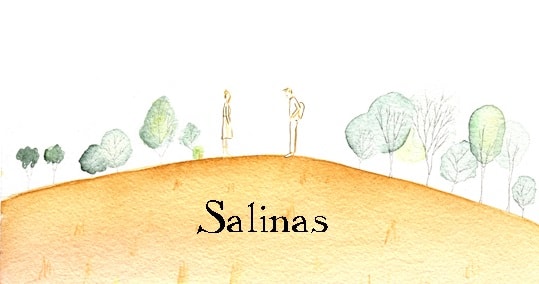
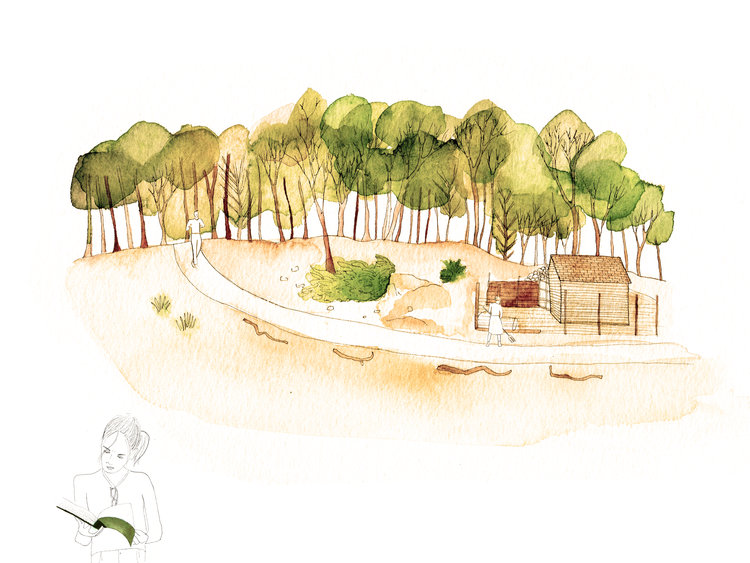
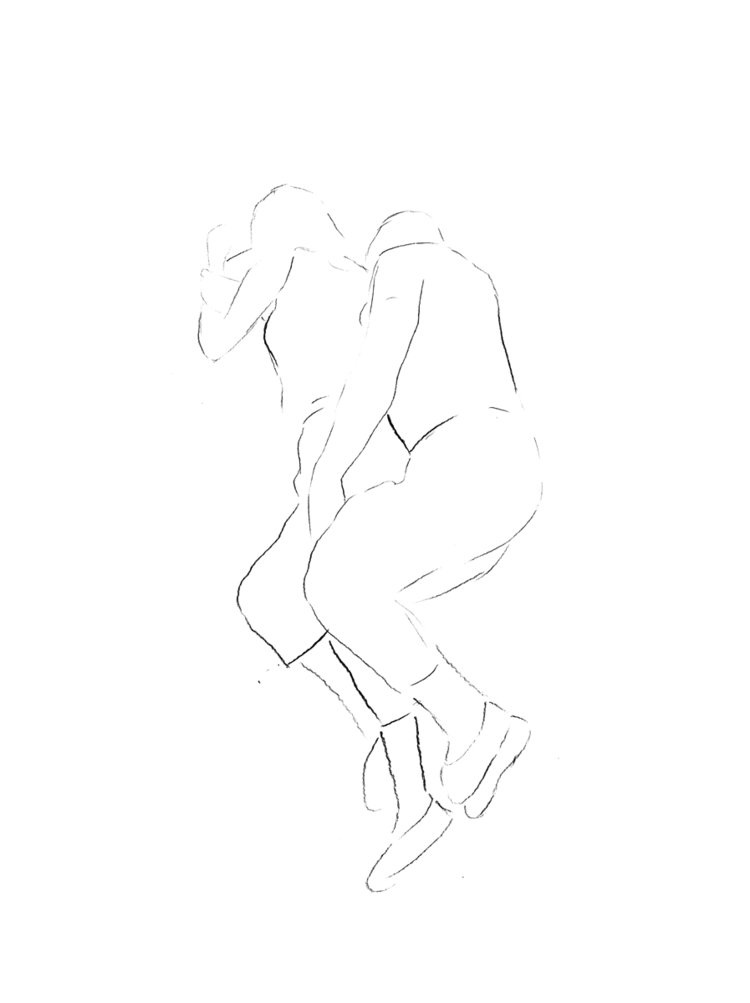
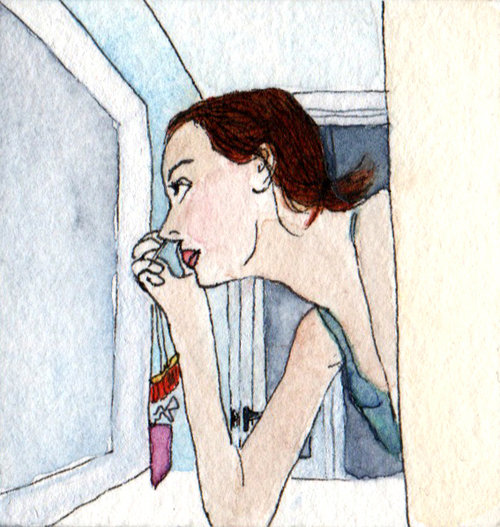
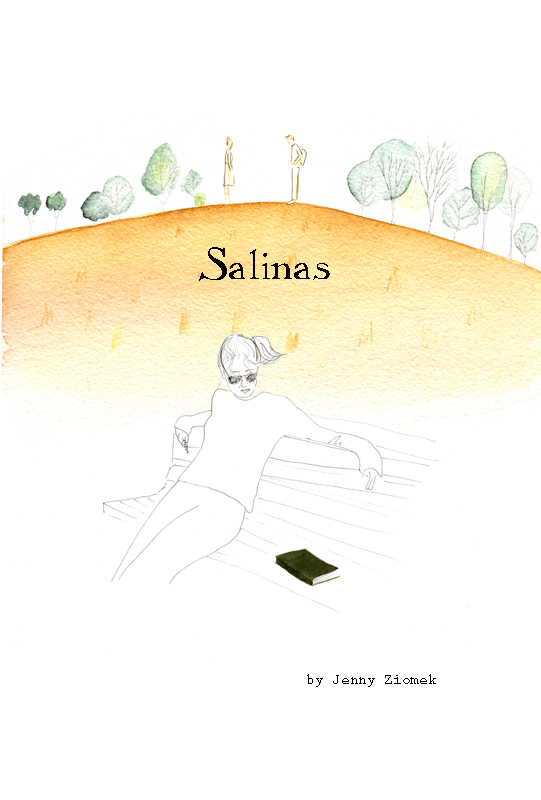
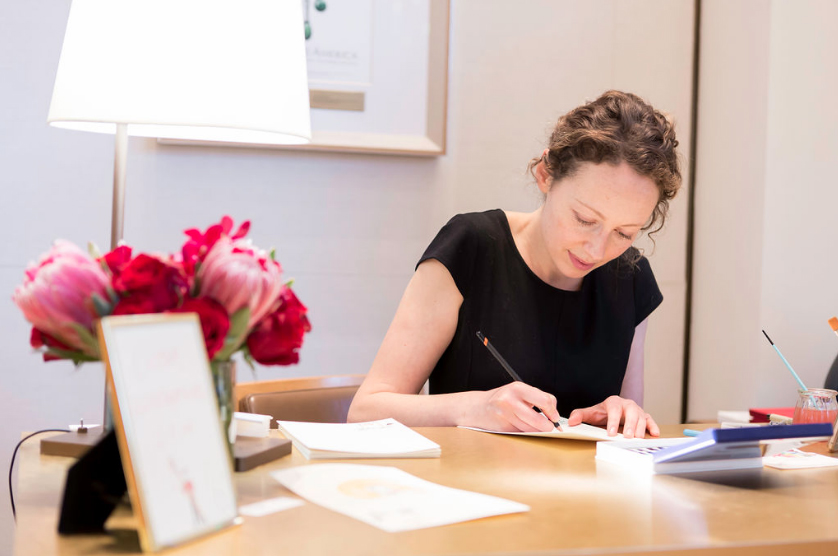






Jenny is definitely a cartoonist to keep an eye on. She’s an amazing artist and storyteller and I’m always looking forward to picking up a copy of her new work.
Comments are closed.